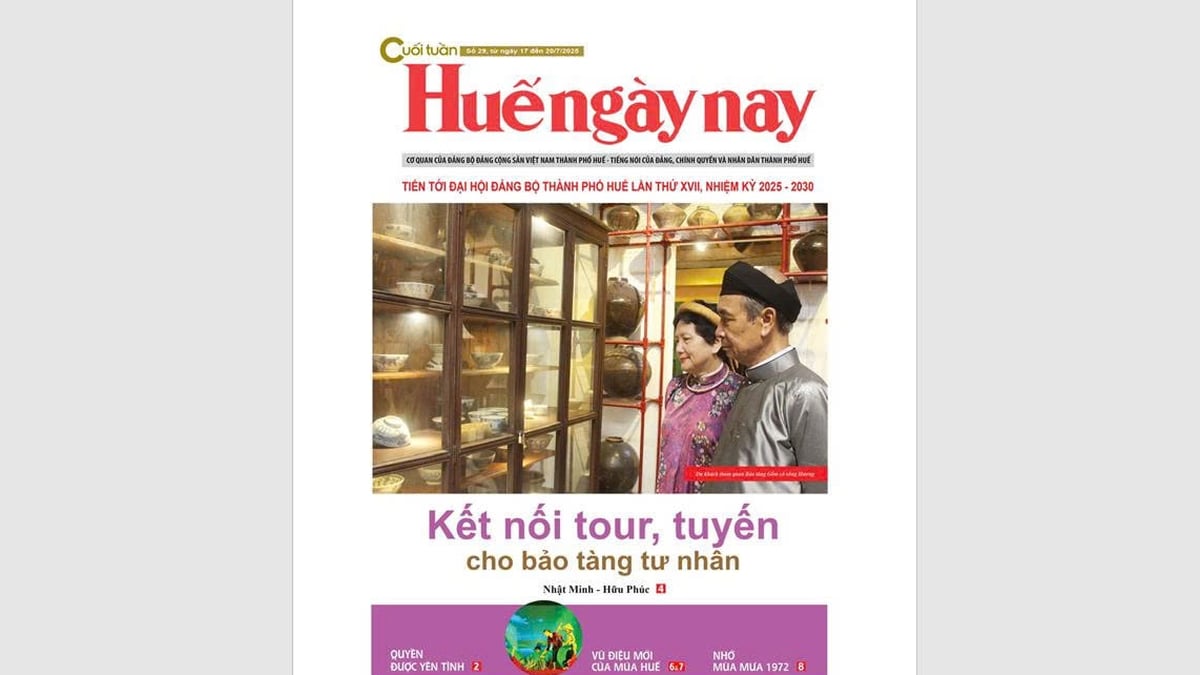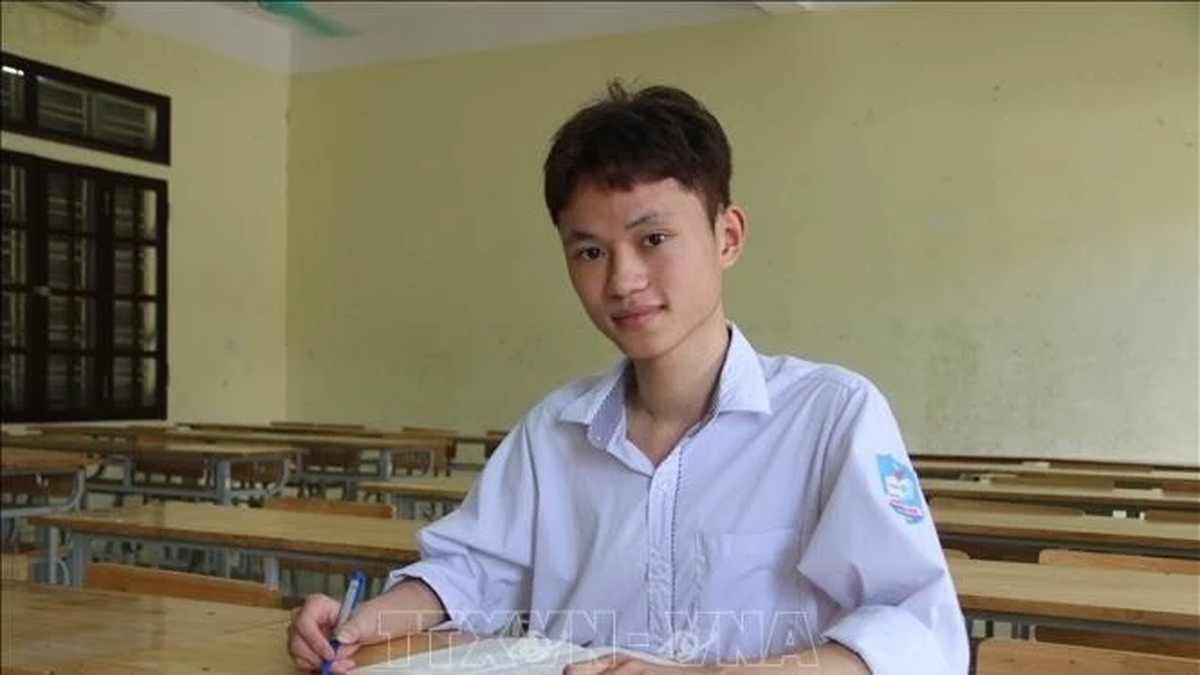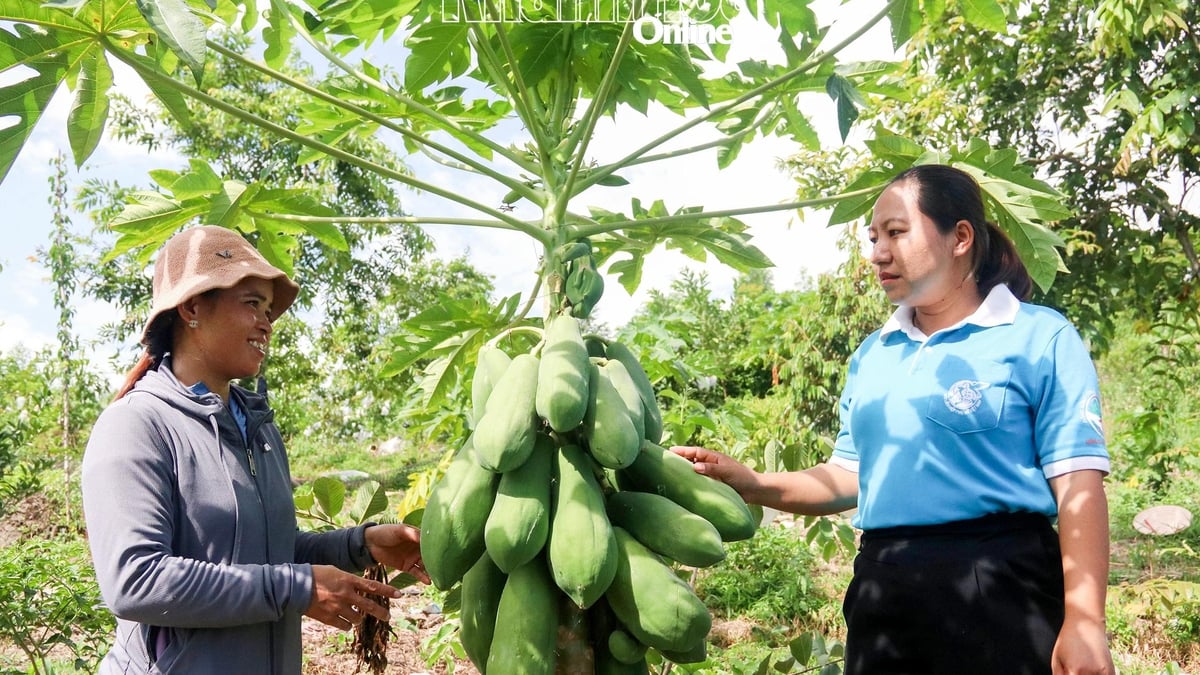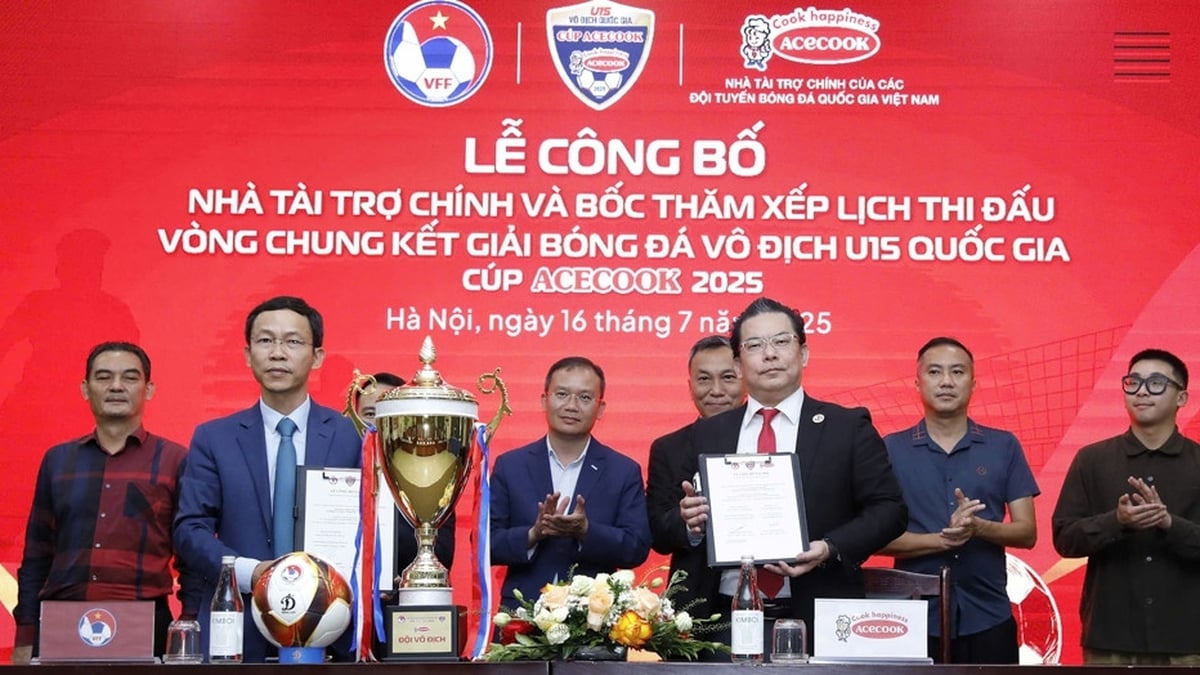The character " shi" (釋) first appeared on the Oracle Bone Inscriptions of the Shang Dynasty. According to the Kangxi Dictionary , this word is pronounced "shi chich thiet": th(i) + (ch) shi = shi. This is a polysemous word, the original meaning is to separate and disintegrate, later expanded to "explain" ( Zuo Zhuan. The 25th year of Duke Xiang ); "destroy everything, vanish" ( Lao Zi ); "release, pardon" ( Book of Songs. Zheng Feng. Uncle Yu Tian ); "take off (clothes)" ( Du Fu. The 19th year of the Cao Shui County Governor's Palace, the 30th year of the Cao Trai Palace ) and other meanings. In Buddhism, "shi" (釋) is the abbreviation of Buddha Shakyamuni, the founder of Buddhism; it is also a word that represents Buddhism or a monk ( Biography of High Monks. Meaningful Interpretation. Shi Dao An by Hui Jiao of the Liang Dynasty, Southern Dynasties).
Thích (釋) is a Buddhist surname of monks, therefore this surname is not included in the list of Hundred Family Surnames (Hundred Family Surnames) in China. Please do not confuse this surname with 戚 (Qī), a surname ranked 33rd in the Hundred Family Surnames which also has the Sino-Vietnamese pronunciation "Thích".
Why do monks take the surname "Thich"? I would like to tell you, it all started with the monk Dao An of the Eastern Jin Dynasty. This monk lived at the Wu Chong Temple in Chang'an, where thousands of monks studied Buddhism. Because monks had too many surnames, making it difficult to remember and easy to confuse, monk Dao An came up with a way to give them a common surname, based on the meaning of a passage in the Samyutta Nikaya : "Ha nhap tu hai, vo phuc ha danh, tu tinh vi sa mon, giai khi Thich chung" ( four rivers flow into the sea, no longer restore the river name, four families practice asceticism, all are called Thich chung ). The four surnames are: 1. Kshatriya (Sanskrit: क्षत्रिय, kṣatriya): the noble class, warriors in ancient Hindu society; 2. Brahmin caste (ब्राह्मण, brāhmaṇa): followers of Brahminism; 3. Layman caste (गृहपति): lay people who follow Buddhism; 4. Shudra caste : untouchables. Of these, śūdra (शूद्र) are men of the lowest class, and śūdrā (शूद्रा) are women of the lowest class.
In the Ten Recitations of the Dharma Flower Sutra, there is a sentence: "The four families of monks are all of the same Buddhist lineage", meaning "the four families are monks, all of the same Buddhist lineage", that is, the same Sakya clan. Dharma Master Dao An suggested that the monks take the surname "Sakya", based on the Buddha's name "Sakya-ca-Muni".
However, it should be noted that Sakyamuni is just the Sino-Vietnamese name of 释迦牟尼 (shì jiā máu ní) - a phrase that the Chinese transcribed from the Sanskrit śākyamuniḥ (शाक्यमुनि) - meaning "sage of śākya" (śākya is the name of a tribe and country in ancient India).
The name śākya (शाक्य) is Shakyamuni (释迦). During the early stages of his practice, Dharma Master Dao An took the name Truc Dao An (after his teacher's surname, Truc Phat Do Trung). Later, he changed it to Thich Dao An to become the pioneer with the surname Thich.
Source: https://thanhnien.vn/lat-leo-chu-nghia-y-nghia-cua-chu-thich-trong-phat-giao-18524051716342828.htm




















































![[Maritime News] More than 80% of global container shipping capacity is in the hands of MSC and major shipping alliances](https://vphoto.vietnam.vn/thumb/402x226/vietnam/resource/IMAGE/2025/7/16/6b4d586c984b4cbf8c5680352b9eaeb0)













































Comment (0)